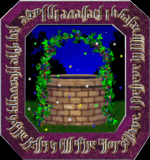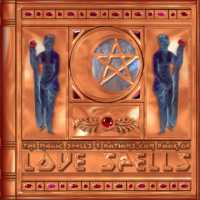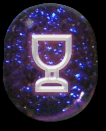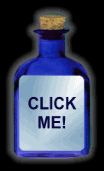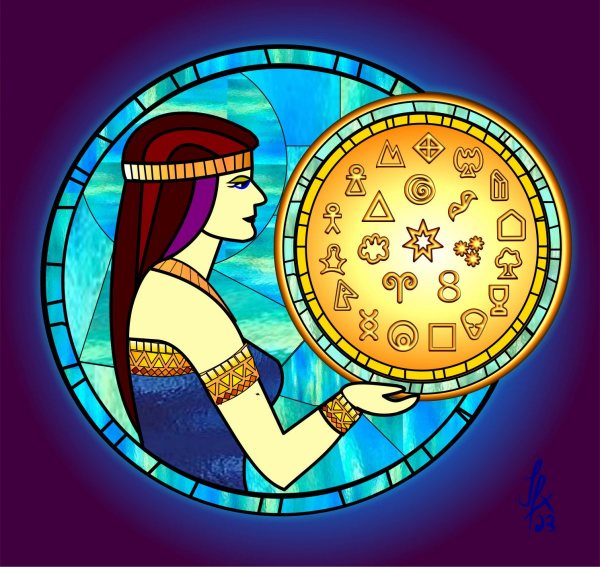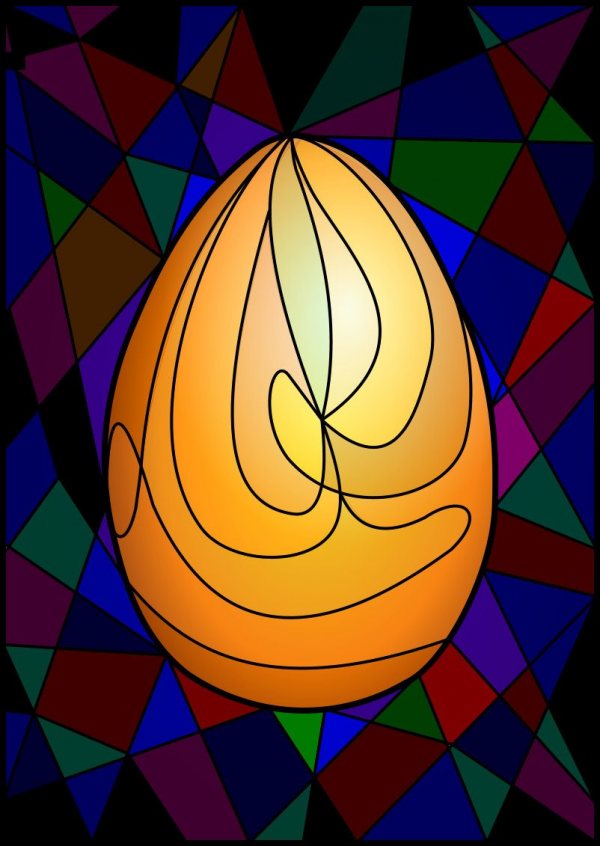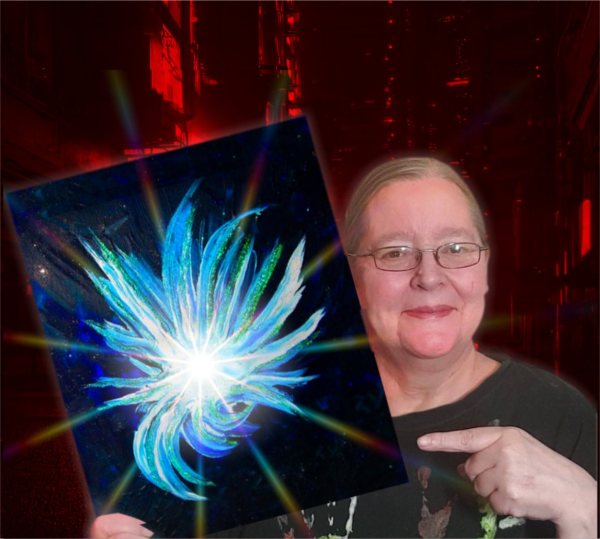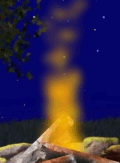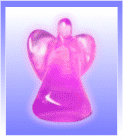Saffron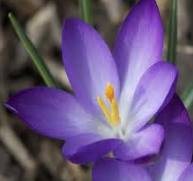
The fabled origin of the Saffron plant ran thus. A certain young man named Crocus went to play at quoits in a field with Mercurie, when the quoit of his companion happened by misfortune to hit him on the head, whereby, before long, he died, to the great sorrow of his friends. Finally, in the place where he had bled, Saffron was found to be growing: whereupon, the people, seeing the colour of the chine as it stood, adjusted it to come of the blood of Crocus, and therefore they gave it his name.
Added Dec 1, 2010
| 8,254 Reads
The Meadow Saffron (Colchicum autumnale) is a common wild Crocus found in English meadows, especially about the Midland districts. The flower appears in the autumn before the leaves and fruit, which are not produced until the following spring. Its corollae resemble those of the true Saffron, a native of the East, but long cultivated in Great Britain, where it is sometimes found apparently wild. They are plants of the Iris order. From the Meadow Saffron is obtained a corm or bulb, dug up in the spring, of which the well-known tincture of colchicum, a specific for rheumatism, is made; and from the true Saffron flowers are taken the familiar orange red stigmata, which furnish the fragrant colouring matter used by confectioners in cakes, and by the apothecary for his syrup of Saffron, etc. The flower of the Meadow Saffron rises bare from the earth, and is, therefore, called "Upstart" and "Naked Lady." This plant owes its botanical name Colchicum, to Colchis, in Natalia, which abounded in poisonous vegetables, and gave rise to the fiction about the enchantress Medea. She renewed the vitality of her aged father, AEneas, by drawing blood out of his veins and refilling them with the juices of certain herbs. The fabled origin of the Saffron plant ran thus. A certain young man named Crocus went to play at quoits in a field with Mercurie, when the quoit of his companion happened by misfortune to hit him on the head, whereby, before long, he died, to the great sorrow of his friends. Finally, in the place where he had bled, Saffron was found to be growing: whereupon, the people, seeing the colour of the chine as it stood, adjusted it to come of the blood of Crocus, and therefore they gave it his name. The medicinal properties of Colchicum have been known from a very early period. In the reign of James the First (1615), Sir Theodore Mayerne administered the bulb to his majesty together with the powder of unburied skulls. In France, it has always been a favourite specific for gout; and during the reign of Louis the Fifteenth, it became very fashionable under the name of Eau Medicinale; but the remedy is somewhat dangerous, and should never be incautiously used. Instances are on record where fatal results have followed too large a medicinal dose, even on the following day, after taking sixty drops of the wine of Colchicum overnight; and when given in much smaller doses it sometimes acts as a powerfully irritating purgative, or as an emetic. The medicine should not be employed except by a doctor; its habitual use is very harmful. The acrimony of the bulb may be modified in a measure if it, or its seeds, are steeped in vinegar before being taken as a medicine. The French designate the roots of the Meadow Saffron (Colchicum) as "Tue-chien"; "morte aux chiens," "death to dogs." Alexander of Tralles, a Greek physician of the sixth century, was the first to advise Colchicum (Hermodactylon) for gout, with the effect that patients, immediately after its exhibition, found themselves able to walk. "But," said he, and with shrewd truth, "it has this bad property, that it disposes those who take it curatively for gout or rheumatism, to be afterwards more frequently attacked with the disease than before." Our druggists supply an officinal tincture of Colchicum (Meadow Saffron) made from the seeds, the dose of which is from ten to thirty drops, with a spoonful of water; also a wine infused from the bulb, of which the dose is the same as that of the tincture, twice or three times a day; and an acetous extract prepared from the thickened juice of the crushed bulbs, of which from half to two grains may be given in a pilule, or dissolved in water, twice or three times a day, until the active symptoms are subdued, and then less often for another day or two afterwards. The most important chemical constituent of the bulb, flowers, and seeds, is "Colchicin." Besides this there are contained starch, gum, sugar, tannin, and some fatty resinous matter. There is also a fixed oil in the seeds. Crocus vernus, the True Saffron, grows wild about Halifax, and in the neighbourhood of Derby; but for commercial uses the supply of stigmata is had from Greece, and Asia Minor. This plant was cultivated in England as far back as during the reign of Edward the Third. It is said that a pilgrim then brought from the Levant to England the first root of Saffron, concealed in a hollow staff, doing the same thing at the peril of his life, and planting such root at Saffron Walden, in Essex, whence the place has derived its name. The stigmata are picked out, then dried in a kiln, over a hair cloth, and pressed afterwards into cakes, of which the aromatic quality is very volatile. The plant was formerly cultivated at Saffron Walden, where it was presented in silver cups by the Corporation to some of our sovereigns, who visited Walden for the ceremony. Five guineas were paid by the Corporation for the pound of Saffron which they purchased for Queen Elizabeth; and to constitute this quantity forty thousand flowers were required. The City Arms of Walden bears three Saffron plants, as given by a Charter of Edward the Sixth. Saffron Hill, in Holborn, London, belonged formerly to Ely House, and got its name from the crops of saffron which were grown there: "Occult? Spolia hi Croceo de colle ferebant" (Comic Latin Grammar). In our rural districts there is a popular custom of giving Saffron tea in measles, on the doctrine of colour analogy; to which notion may likewise be referred the practice of adding Saffron to the drinking water of canaries when they are moulting. In England, it was fashionable during the seventh century to make use of starch stained yellow with Saffron; and in an old cookery book of that period, it is directed that "Saffron must be put into all Lenten soups, sauces, and dishes; also that without Saffron we cannot have well-cooled peas." Confectioners were wont to make their pastry attractive with Saffron. So the Clown says in Shakespeare's Winter's Tale, "I must have Saffron to colour the warden pies." We read of a Saffron-tub in the kitchen of Bishop Swinfield, 1296. During the fourteenth century Saffron was cultivated in the herbarium of the manor-house, and the castle. Throughout Devonshire this product is quoted to signify anything costly. Henry the Eighth forbade persons to colour with Saffron the long locks of hair worn then, and called Glibbes. Lord Bacon said, "the English are rendered sprightly by a liberal use of Saffron in sweetmeats and broth": also, "Saffron conveys medicine to the heart, cures its palpitation, removes melancholy and uneasiness, revives the brain, renders the mind cheerful, and generates boldness." The restorative plant has been termed "Cor hominis;" "Anima [487] pulmonum," "the Heart of Man"; and there is an old saying alluding to one of a merry temper, "Dormivit in sacco Croci," "he has slept in a sack of Saffron." It was called by the ancients "Aurum philosophorum," contracted to "Aroph." Also, Sanguis Herculis, and Rex Vegetabilium, "being given with good success to procure bodily lust." The English word Saffron comes from the Arabian--Zahafram--whilst the name Crocus of this golden plant is taken from the Greek krokee--a thread-- signifying the dry thin stigmata of the flower. Old Fuller wrote "the Crocodile's tears are never true save when he is forced where Saffron groweth (whence he hath his name of Croco-deilos, or the Saffron-fearer), knowing himself to be all poison, and it all antidote." Frequently Marigold stigmata are cheaply used for adulterating the true Saffron. Homer introduces Saffron as one of the flowers which formed the nuptial couch of Jupiter: and Solomon mentioned it as growing in his garden: "Spikenard and saffron: calamus, and cinnamon" (Canticles iv., 14). Pliny states that wine in which Saffron was macerated gave a fragrant odour to theatres about which it was sprinkled. The Cilician doctors advised Cleopatra to take Saffron for clearing her complexion. The medicinal use of Saffron has always obtained amongst the Orientals. According to a treatise, Croco-logia (1670), by Hartodt, it was then employed as a medicine, as a pigment, and for seasoning various kinds of food. The colouring matter of Saffron is a substance called polychroite, or crocin; and its slightly stimulating properties depend upon a volatile oil. Boerhaave said that Saffron possesses the power of liquefying the blood; hence, "Women who use it too freely suffer from immoderate menses." A tincture is made (H.) from the Saffron of commerce, which is of essential use for controlling female haemorrhages. Four or five drops of the tincture may be given with a spoonful of water every three or four hours for this purpose. The same tincture is good for impaired vision, when there is a sense of gauze before the eyes, which the person tries to wink, or wipe away. Smelling strongly and frequently at the Hay Saffron of commerce (obtained from Spain and France), will cause headache, stupor, and heavy sleep; whilst, during its internal use, the urine becomes of a deep yellow colour. Of the syrup of Saffron, which is a slightly stimulating exhilarant, and which possesses a rich colour, from one to two teaspoonfuls may be given for a dose, with two tablespoonfuls of cold water. It serves to energise the organs within the middle trunk of both males and females; also to recruit an exhausted brain. In Devonshire, Saffron used to be regarded as a most valuable remedy to restore consumptive patients, even when far advanced in the disease, and it was, therefore, esteemed of great worth:-- "Nec poteris croci dotes numerare, nec usus." Saffron is such a special remedy for those that have consumption of the lungs, and are--as we term it--at death's door, and almost past breathing, "that it bringeth breath again, and prolongeth life for certain days, if ten, or twenty grains at most, be given in new, or sweet wine. It presently, and in a moment, removeth away difficulty of breathing, which most dangerously and suddenly happeneth." In Westphalia, an apple mixed with Saffron, on the doctrine of signatures, is given on Easter Monday, against jaundice. Evelyn tells us: "The German [489] housewives have a way of forming Saffron into balls; by mingling it with a little honey, which, when thoroughly dried, they reduce to powder, and sprinkle it over their sallets for a noble cordial." Those of Spain and Italy, we know, generally make use of this flower, mingling its golden tincture with almost everything they eat. But, an excessive use of Saffron proves harmful. It will produce an intense pain in the head, and imperil the reason. Half-a-scruple, i.e., ten grains, should be the largest dose. In fuller doses this tincture will provoke a determination of blood to the head, with bleeding from the nose, and sometimes with a disposition to immoderate laughter. Small doses, therefore, of the diluted tincture, ought to relieve these symptoms when they occur as spontaneous illness. The inhabitants of Eastern countries regard Saffron as a fine restorative, and nuptial invitations are often powdered by them with this medicament. In Ireland women dye their sheets with Saffron to preserve them from vermin, and to strengthen their own limbs. "Green herbs, red pepper, mussels, Saffron, Soles, onions, garlic, roach and dace; All these you eat at Ferre's tavern In that one dish of bouillabaisse." --Thackeray.
Added Dec 1, 2010
| 8,254 Reads
Share The Magic ...
The GoE MONEY!!! Course - A Course In Real MONEY MAGIC!
|

